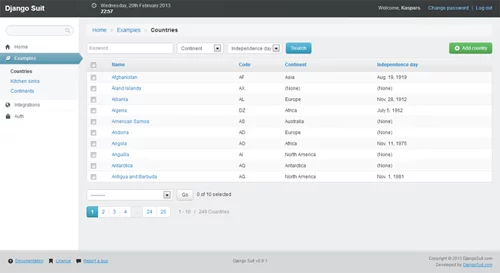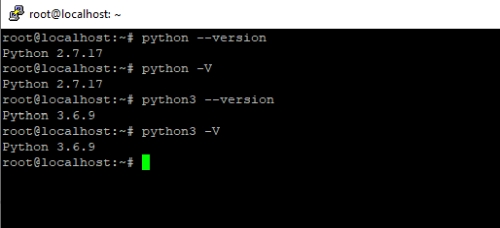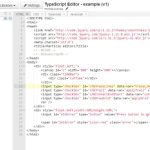Python s is widely used in web and game development, scientific computing, AI, machine learning, and academic research. As a first language, it is very easy to learn, productive and expressive.
Python is a programming language that was created by Guido van Rossum in 1989. It is an interpreted, interactive, and object-oriented programming language. Python can be used for many different things such as web development, creating graphical user interfaces, or data analysis. The interpreter of the Python language has been ported to many operating systems, including Mac OS X with its Cocoa API and Microsoft Windows which allows it to have a great advantage over other competing languages.
Python’s syntax is designed to allow programmers to use fewer lines of code than would otherwise be required in some other languages like C++ and Java. This makes it quick and easy for people without experience in computer science or coding knowledge to learn how to program computers using this software because they are able to learn at a fast pace.
Advantages of Python:
- Python is a type of programming language that has been around for over thirty years.
- It’s versatile and can be used to do anything from web development to data analysis, or even scientific computing.
- Python is easy to learn – it takes only a few months before you’ll have the basics down.
- There are many libraries available for Python which makes it easier than ever to access code that others have written in order to accomplish your own goals.
- If you’re new to coding, python is an excellent place to start because there are so many tutorials and resources available online.
- You don’t need any special equipment or hardware in order to use Python – just the computer you already have!
Table of Contents
Python Tutorials and Courses
Do you want to learn more about Python? Below are the best tutorials and courses to learn Python:
- Python for Everybody Specialization – Through this course, you can learn the best practices for programs. You will discover effective ways how to analyze particular data with Python. You will also learn how to utilize variables to store, calculate, and retrieve information. Besides, you will find out how to install Python and then write your own program.
- Learning Python with PyCharm – When you take advantage of this course, you can set up the development environment correctly. Instructor Bruce Van Horn will provide you with a step-by-step guide and help you explore first-rate text editing tools. This course will also help you learn how to develop your code quality with Intentions and Lens Mode.
- Google’s Python Class – This free class is designed for people how to have less programming experience with Python. It involved lecture videos, written materials, and code exercises. You will discover the basic concepts like lists and strings and exercises that deal with HTTP connections, processes, and text files. This is one of the initiatives taken by Google for educating people who have a little bit of programming experience and those who are interested in learning Python. The whole tutorial includes videos of lectures, code exercises, and written materials. It eases a student into it with easy programming and works its way into solving complex coding exercises. This is a great site to enhance one’s skills and as well as acquire a new skill.
- The Python Tutorial – With the help of this tutorial, you will learn the basic features and concepts if the Python language, along with its system. It will help you uncover the different Python styles. After completing this tutorial, you can then read and write modules and programs.
- The Python Bible: Everything You Need to Program in Python – This course will help you build Python 3 projects and create programs that use data and logic structures. You will learn how to automate coding tasks with the help of custom Python functions. Besides, you will discover how to use strings to create an engaged, customized user experience.
- Introduction To Programming With Python – This is another great resource that is a great introduction to Python. Susan Ibach and Christopher Harrison lead any beginner on a journey of coding by touching every side of the basics of programming with Python.
- The Python Guru – This is a tutorial that starts from scratch and ends with the individual becoming a better Python programmer. The user can jump into any section with the indexed headings on the website.
- Complete Python Bootcamp – This ‘bootcamp’ has about 185 lectures. The course is a great way for beginners as well, and the duration of the course is around 24 hours. It covers all the basics of Python and works its way up into the heavy stuff gradually. If you are up for a challenge, then this is the website for you.
- Learn Python The Hard Way – “Learn Python the Hard Way” is an ebook that is free for everyone. It is accessible from any device which includes mobiles and tablets. The online version is free but the offline mode is not, and it costs about $30. But we’re living in times when the internet is not much of a problem.
- Automate The Boring Stuff With Python – This is available to buy and can be read for free with a Creative Commons license. The book guides a person with a step-by-step instruction set and ends every module with a practice set. This is a great book to get a person started with automating hard and complicated programming tasks.
- A Byte Of Python – This is another free ebook that is available for an eager reader and a future Python programmer. This is the right book for any beginner, and it is also the right book for any intermediate Python programmer to own. The concepts are explained in simpler versions which makes them accessible and understandable to any newbie.
Python and AI
- AI with Python – This tutorial covers the basic concepts of various fields of artificial intelligence like Artificial Neural Networks, Natural Language Processing, Machine Learning, Deep Learning, Genetic algorithms, etc., and their implementation in Python.
- The Complete Machine Learning Course with Python – By the end of this course, you can develop 12 Machine Learning projects that will help you solve real-life problems in your business, job, or personal life with Machine Learning algorithms.
- Your First Machine Learning Project in Python Step-By-Step – After reading this post, you will complete your first machine learning project using Python and create 6 machine learning models, pick the best, and build confidence that the accuracy is reliable.
- Learn Machine Learning with Python Machine Learning Projects – Machine learning is among the most in-demand and exciting careers today. With an increasing demand for machine learning professionals and a lack of skills, it is crucial to have the right exposure, relevant skills, and academic background to make the most out of these rewarding opportunities. ProjectPro’s Machine Learning Projects help candidates make this transition to highly rewarding careers in Data Science and Machine Learning. Exhausted by applying for machine learning jobs and not being shortlisted? One of the key benefits of working on ProjectPro’s machine learning project ideas is that you learn skills as you build and apply new concepts in every project.
Python Code Editors / IDEs
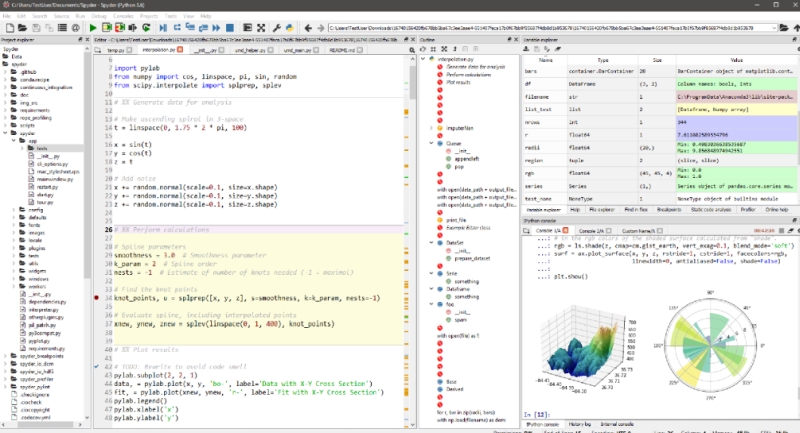
- PyCharm Community – This is the best IDE for Python with intelligent code completion, on-the-fly error checking and quick fixes, easy project navigation.
- Spyder – Spyder is a powerful scientific environment written in Python, for Python, and designed by and for scientists, engineers, and data analysts. I
Popular Python Frameworks
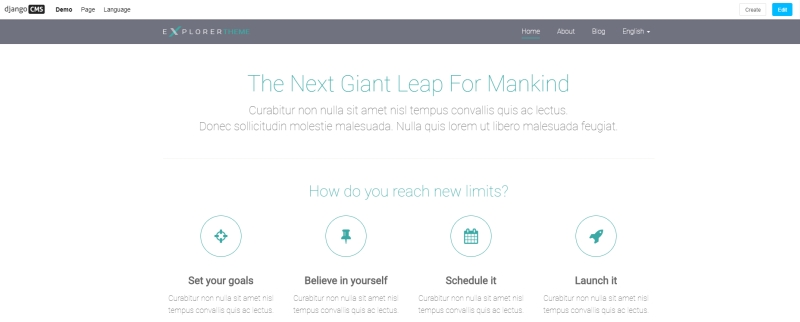
- Django – Django is a high-level Python Web framework that encourages rapid development and clean, pragmatic design.
- Flask – Flask is a Python framework available under the BSD license. Flask depends on the Werkzeug WSGI toolkit and Jinja2 template.
- Pyramid – Running on Python 3, Pyramid keeps up with technological improvements.
- Web2py – Web2py is a scalable open-source full-stack Python framework and is good at handling data.
- TurboGears – TurboGears is built on lots of middleware and many libraries and was initially crafted to combine the best components of other Python frameworks.
